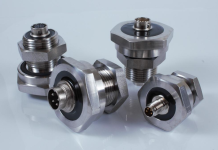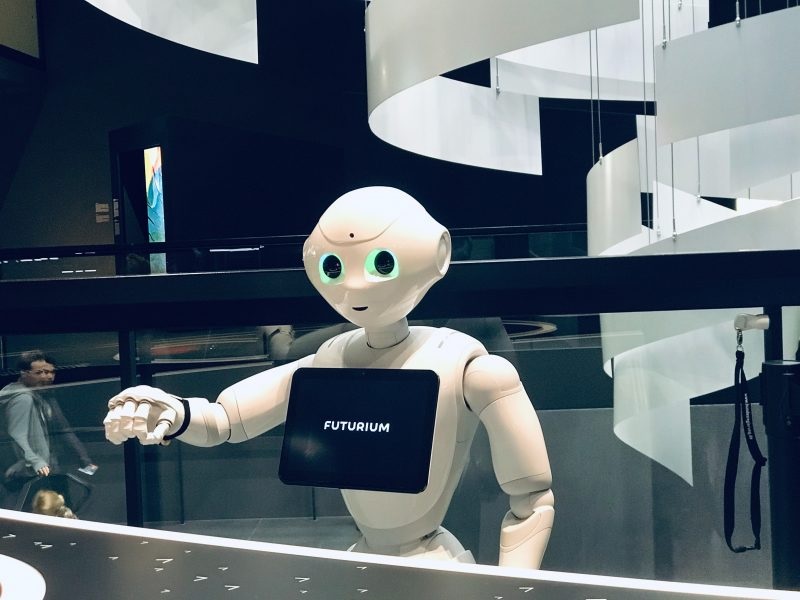Documents obtained from Singapore’s National Environment Agency reveal a steady increase in waste diversion initiatives over the past five years, and within this broader strategy, upcycling in Singapore has emerged as a grassroots movement that complements official recycling programmes whilst addressing waste reduction from a different angle. The files show that whilst the government focuses primarily on large-scale recycling infrastructure, small businesses and individual practitioners have developed parallel systems for recovering materials and transforming them into products of higher value. These operations, largely invisible in official statistics, contribute to sustainability goals through market mechanisms rather than regulatory mandates, demonstrating how environmental progress can emerge from economic incentives when conditions align properly.
The Policy Framework
Singapore’s approach to waste management has evolved considerably since the 1990s, when landfill capacity concerns prompted the government to invest heavily in incineration technology. The Semakau Landfill, constructed offshore to receive incineration ash, was projected to reach capacity by 2035. That timeline concentrated official attention on waste reduction strategies beyond incineration alone.
The Zero Waste Masterplan, released in 2019, established ambitious targets: reducing per capita waste disposal by 30 per cent by 2030, achieving a 70 per cent overall recycling rate, and extending Semakau’s lifespan beyond 2035. The plan emphasised producer responsibility, improved recycling infrastructure, and public education. Upcycling received mention primarily in the context of community initiatives and behavioural change rather than as a distinct policy priority.
Yet behind these official frameworks, a practical upcycling in Singapore sector had already taken root. Business registration records show approximately 150 small enterprises identifying upcycling as a primary activity, with hundreds more incorporating upcycled materials into broader product lines. These operations function largely without government support, sustained by market demand and entrepreneur initiative.
Material Flows and Sources
Interviews with two dozen upcyclers across Singapore reveal common patterns in material sourcing. Most establish relationships with businesses disposing of specific waste streams: woodworking shops discarding offcuts, textile manufacturers with fabric remnants, food service establishments accumulating glass bottles, logistics companies replacing wooden pallets.
These materials typically face three possible destinations without upcycling intervention:
- Incineration at one of Singapore’s four waste-to-energy plants, which recovers energy but destroys material value and generates ash requiring landfill disposal
- Export to regional recycling facilities in Malaysia or Indonesia, where lower labour costs make processing economically viable but environmental standards may prove less stringent
- Informal disposal through general waste streams, particularly for materials from small businesses lacking dedicated waste management contracts
Upcyclers intercept materials before they enter these channels, but the arrangements remain largely informal. Few written agreements govern material transfers. Supply reliability depends on personal relationships rather than contractual obligations. When businesses relocate or change management, upcyclers lose access to materials they had counted on for production planning.
Economic Viability and Challenges
Financial analysis of representative upcycling operations reveals tight margins and persistent challenges. A furniture maker working with reclaimed wood reported monthly revenues of approximately 8,000 to 12,000 dollars, against expenses including 3,500 dollars for workshop rental, 2,000 to 3,000 dollars for part-time labour, and 800 to 1,200 dollars for tools, finishes, and materials requiring purchase. The business generates modest profit whilst requiring 60 to 70 hours weekly from the owner.
Scaling proves difficult. Production capacity constraints limit growth, yet expanding requires capital investment in larger premises and additional workers. Consumer willingness to pay premium prices for upcycled products varies considerably. Some customers actively seek sustainable options and accept higher costs. Others compare prices directly against mass-produced alternatives without accounting for environmental differences.
The Supporting Ecosystem
Upcycling in Singapore benefits from several institutional supports, though none specifically targets this sector. The National Arts Council provides grants that some upcyclers access by positioning their work as art or craft. Social enterprise incubators occasionally support upcycling ventures combining environmental and social missions. Weekend markets at community centres offer sales venues without requiring long-term rental commitments.
Educational institutions contribute as well. Design programmes at LASALLE College of the Arts, Nanyang Technological University, and Singapore Polytechnic increasingly incorporate sustainable design principles, exposing students to upcycling methodologies. Some graduates establish upcycling businesses, whilst others join conventional companies where they advocate for waste reduction in product development.
Non-governmental organisations play facilitating roles. The Singapore Environment Council maintains a directory of green businesses including upcyclers. Zero Waste SG organises repair and upcycling workshops connecting practitioners with interested consumers. These organisations operate with limited funding but provide networking and visibility that individual upcyclers struggle to generate independently.
Measuring Impact
Quantifying the environmental contribution of upcycling in Singapore presents methodological challenges. The sector’s fragmented nature and informal material sourcing make comprehensive data collection difficult. Conservative estimates suggest upcyclers divert approximately 1,500 to 2,000 tonnes of materials annually from waste streams, a modest fraction of Singapore’s 7.7 million tonne annual waste generation but significant for the materials and communities involved. The greater impact may lie in demonstrating viable alternatives to disposal, influencing consumer attitudes toward waste, and creating economic models where sustainability aligns with profitability rather than requiring subsidisation or regulatory enforcement.









